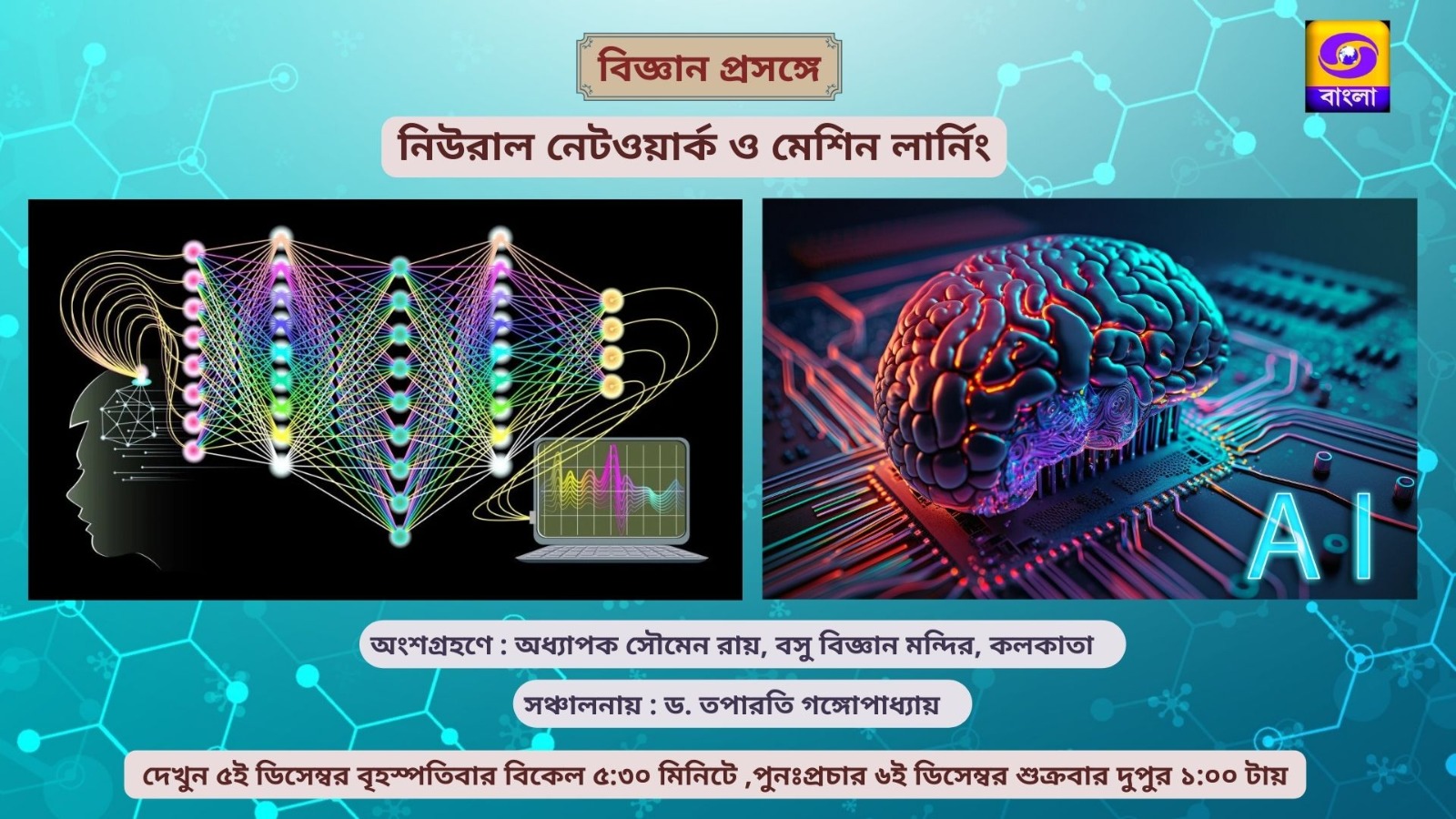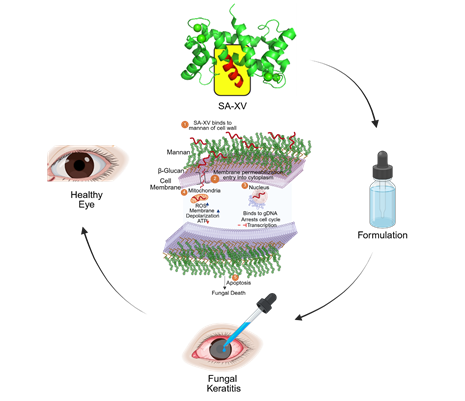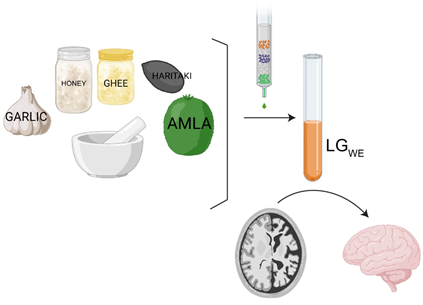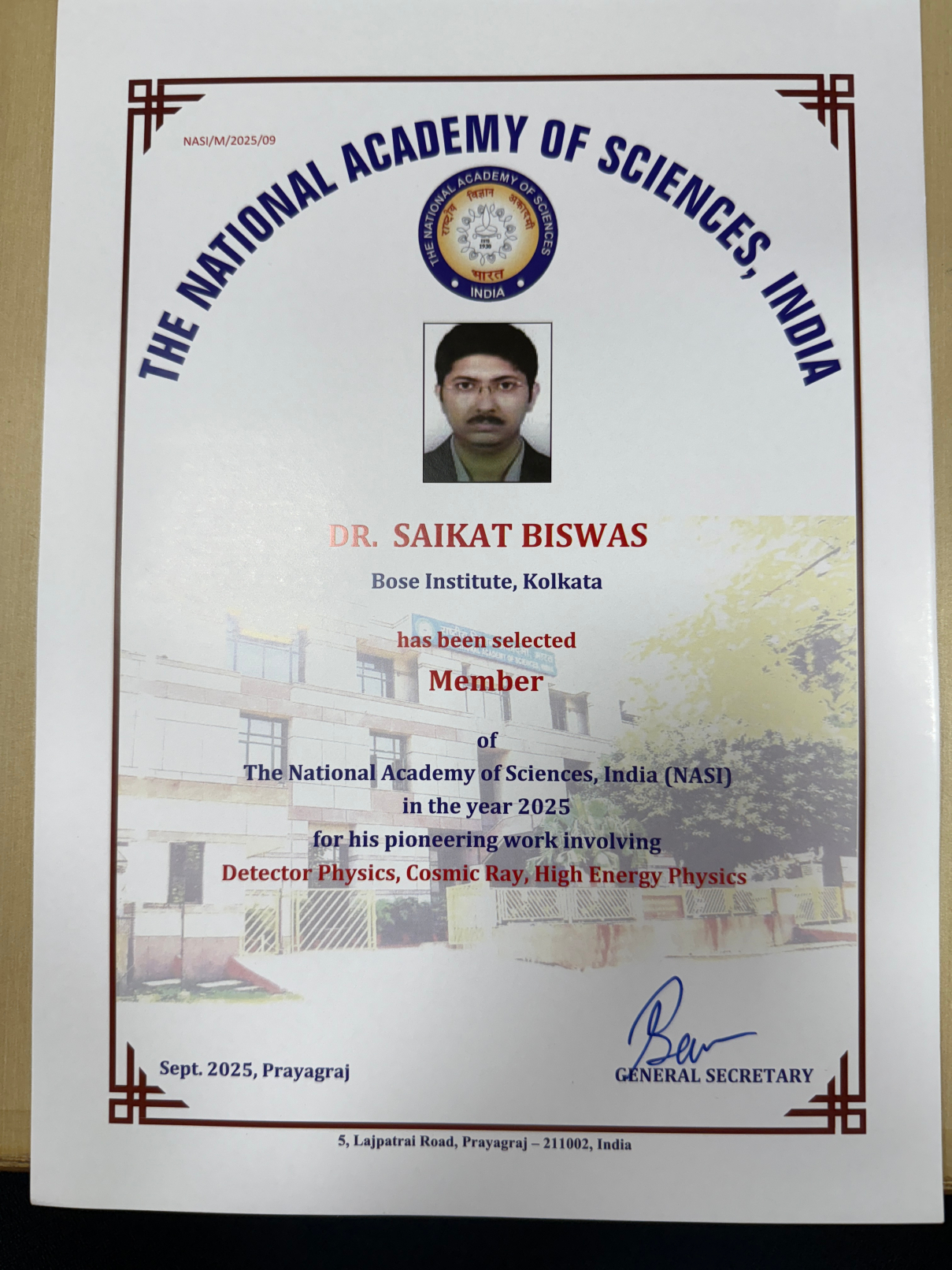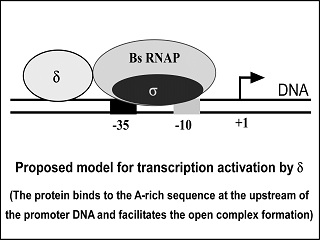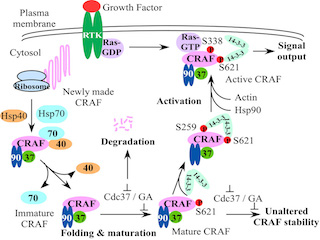Related: Media / Press corner
Mathematical modelling and experiments demonstrate that mycobacteriophages can kill mycobacteria by non-lytic mechanisms. The information derived could lead to the development of new drugs for the treatment of TB
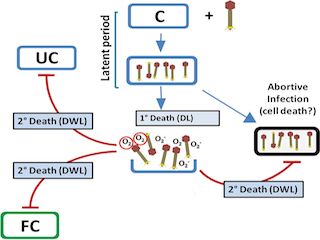
Mycobacteriophages infect and grow in mycobacterium species, several of which happen to be dangerous pathogens – the best known example being Mycobacterium tuberculosis that causes the deadly disease tuberculosis. Eliminating tuberculosis through prevailing antibiotic-based strategies has had restricted success, due to the rise of drug-resistant strains. Phage therapy for tuberculosis is an interesting possibility. Sujoy Das Gupta (Microbiology) and Soumen Roy (Physics) are currently investigating the mechanism by which these phages interact with their mycobacterial hosts, thereby killing them. Using D29, as a model mycobacteriophage, they have found that in addition to lysis, this phage can induce cell death through an alternative mechanism involving production of superoxide radicals. By obtaining more insight into this intriguing phenomenon, they eventually hope to unravel novel metabolic pathways that can be targeted for drug development against tuberculosis. This work was also selected by the editors of AEM spotlight.
Reference: Samaddar S et al, Dynamics of mycobacteriophage-mycobacterial host interaction: Evidence for secondary mechanisms for host Lethality. Applied and Environmental Microbiology [ASM], 82, 124-133 (2016)
A new approach towards information retrieval from dynamic multidimensional images using complex networks developed. The method can be used for non-invasive diagnosis of dry eye disease
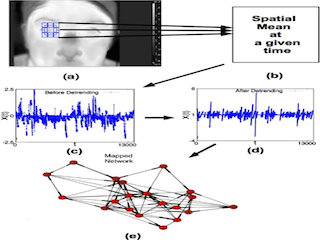
Soumen Roy presented a fresh and broad yet simple method of information retrieval from videos by converting them to time series and thence to networks. His lab used thermal imaging videos collected by collaborators at Calcutta University from patients at Calcutta Medical College. The mean pixel intensities from every frame of the imaged videos were collated into time series, which were then converted into networks. Using network measures they could successfully distinguish between dry eye patients and healthy individuals.
This approach is completely new in medical diagnostics, particularly in eye research. The findings are important because their technique is fast and non-invasive (requires no physical contact with affected organs). They also showed that their approach compares well to sophisticated image processing algorithms, which are much harder to implement at the level of real-time electronic devices. The technique can be applied to many other videos and might help in designing smart devices. A patent has also been filed by TIFAC (DST).
Reference: Banerjee SJ et al, Using complex networks towards information retrieval and diagnostics in multidimensional imaging. Scientific Reports [Nature], 5, 17271 (2015)
Mechanism of ganglioside GM2 mediated migration of tumor cells - a pivotal role of the integrin receptor
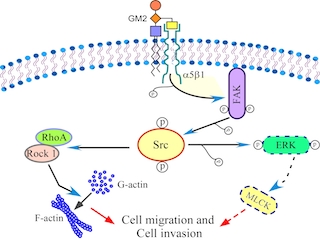
The definitive role of ganglioside GM2 in mediating tumor-induced growth and progression is still unknown. Kaushik Biswas recently reported a novel role of ganglioside GM2 in mediating tumor cell migration and uncovered its mechanism. They established the functional role of ganglioside GM2 by a multidirectional approach, using either silencing or over-expression of GM2-synthase, the key enzyme that controls GM2 biosynthesis. The mechanism of GM2-mediated tumor cell migration was elucidated using gene expression profiling as well as conventional biochemical techniques, which confirmed a role of integrin signaling and its downstream partners in the process. Finally, confocal microscopy suggested co-localization while co-immunoprecipitation and surface plasmon resonance confirmed direct interaction of membrane bound GM2 with the integrin receptor. Thus over-expression of select gangliosides (GM2) in tumors result in enhanced interaction with membrane bound integrin-1 causing activation of the downstream signaling leading to rearrangement of the actin cytoskeleton resulting in enhanced migration in tumor cells.
Reference: Kundu M et al, Mechanism of ganglioside GM2 mediated migration of tumor cells - a pivotal role of the integrin receptor. Biochimica et Biophysica Acta (BBA) - Molecular Cell Research [Elsevier], 1863, 1472-89 (2016)
Key molecular regulators of early blight disease response in tomato have been revealed
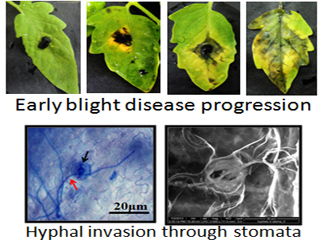
In plants, for a steady, specific and sturdy response against an invading pathogen reprogramming in gene expression cascade is essential. This reprogramming initiates from transcriptional regulation of gene expression. However, the abundance of a transcript is also dependent on regulatory microRNAs that are targeting a specific mRNA. Thus, to gain insight into the response regulators in tomato plants infected with early blight disease pathogen Alternaria solani the whole transcriptome analysis was performed. The differentially expressed mRNAs, miRNAs, and the miRNA-mRNA interacting pairs were identified and in-depth bioinformatic analyses suggested that genes of plant-pathogen interaction, plant hormone signal transduction pathways and secondary metabolite biosynthesis were mostly affected by the regulated miRNAs. These analyses in the lab of Pallob Kundu have uncovered key regulators of Alternaria-stress response in tomato and would help in designing strategies for imparting resistance against the economically important pathogen. Reference: Sarkar D et al, Integrated miRNA and mRNA expression profiling reveals the response regulators of a susceptible tomato cultivar to early blight disease. DNA Research [Oxford] dsx003 (2017)
delta factor of Bacillus subtilis is not a subunit of RNAP, but functions as a transcriptional factor
delta, a small protein found in most Gram-positive bacteria was, for a long time, thought to be a subunit of RNA polymerase and was shown to be involved in recycling of RNA polymerase at the end of each round of transcription. However, how delta participates in both up-regulation and down-regulation of genes in vivo remains unclear. Jayanta Mukhopadhyay has shown that in addition to the recycling of RNAP, Bacillus subtilis delta functions as a transcriptional activator by binding to an A-rich sequence located immediately upstream of the -35 element, consequently facilitating the open complex formation. His group further showed that delta could also function as a transcriptional repressor in which the protein binds to an A-rich sequence located near the -35 element of the promoters and inhibits the open complex formation due to steric clash with sigma region 4.2. Thus, the results explain the mechanism of up-regulation and down-regulation of genes by the protein.
Reference: Prajapati RK et al, Bacillus subtilis delta factor functions as a transcriptional regulator by facilitating the open complex formation. Journal of Biological Chemistry [ASBMB], 291, 1064-75 (2016)
Newly designed mASAL, a lectin like Protein conferring sheath blight resistance in transgenic rice
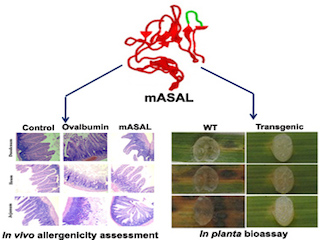
Allium sativum leaf agglutinin (ASAL), a dimeric mannose binding lectin has been established earlier as potent insecticidal protein. Using site directed mutagenesis, a beta-turn was incorporated between 11th and 12th beta-strands of ASAL subunits, resulting in a stable monomeric variant, mASAL. Instead of being insecticidal, mASAL exhibits significant antifungal activity against Rhizoctonial solani, causes devastating sheath blight disease in rice. As per WHO/FAO recommendation, Pepsin digestion, thermal stability assay, targeted sera screening test and sensitization of Balb/c mice with mASAL established it as a biologically safe protein for biotechnological application. Transgenic indica rice expressing mASAL demonstrated significant tolerance to sheath blight. Studies conducted by Sampa Das’s group opens up the possibility of engineering important plants with mASAL for sustainable pathogen resistance.
Reference: Ghosh P et al, Monitoring the efficacy of mutated Allium sativum leaf lectin in transgenic rice against Rhizoctonial solani, BMC Biotechnology [BMC], 16, 24 (2016)
Critical roles of Hsp90 in CRAF kinase stabilization and actin dependent translocation to the plasma membrane during MAPK signaling
RAF isoforms are commonly regulated by several molecular events and scaffold proteins. Being a strong chaperone client, CRAF is always assisted by Hsp90. In this paper, we provide the explanation for the stringent assemblage between CRAF and Hsp90 that differs for both newly made and folded CRAF kinase. Atin Mandal observed that Hsp90 promotes CRAF denovo maturation, essential for CRAF stability and activity. However, after folding the stability of CRAF does not depend on Hsp90 anymore, although the association between Hsp90 and CRAF still remains intact. The post-folding interaction between Hsp90 and CRAF regulates actin-dependent translocation of the kinase during MAPK signaling. Thus, Hsp90 keeps CRAF kinase maturation and its intracellular translocation in balance to sustain accurate cellular growth and proliferation. Reference: Mitra S et al, Bipartite Role of Heat Shock Protein (Hsp90) Keeps CRAF Kinase Poised for Activation. Journal of Biological Chemistry [ABSMB], 291, 24579-24593 (2016)
